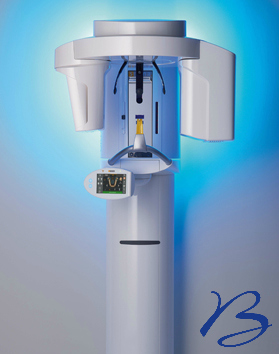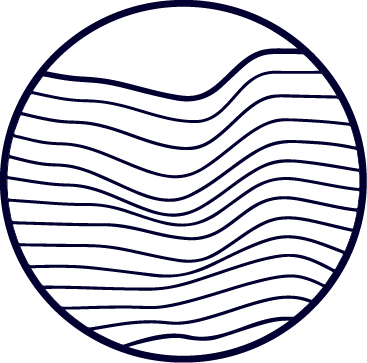
If you had an appointment at Bancroft Dentistry during the first week of February, it is likely you would have noticed a few more banging noises than usual. Don’t worry, it wasn’t Frank and Andy getting over-excited with a new extraction technique! We were having a CT scanner fitted!
You may be wondering why such specialist equipment is needed in a little 3 surgery dental practice like ours? The fact is that our small size isn’t a reflection of the amount of skills that our team has to offer!
We have had the facility to take panoral x-rays of our patients for many years. This is the type of x-ray which offers a full view of both jaws and all the teeth in one go. You might hear us refer to it as an OPG or DPT around the practice. This gives us a great overall view of what is happening with the teeth and surrounding bone structure.
Our problem recently has been that our old x-ray machine was just that: old!
The image quality wasn’t up to the standard that we require anymore. The other issue is that standard x-rays only give a 2D image. Now we offer more complex and specialist treatments, such as implants, we are increasingly in need of a more detailed 3D images.
Previously we have sent our patients to have these scans done elsewhere, usually London, however this isn’t always very convenient. So with that in mind, and with us needing a new x-ray machine, Frank decided that he was going to have to get his credit card out!! Now was the time for Bancroft Dentistry to get our own CT scanner.
Obviously this sort of thing isn’t the cheapest bit of kit, so we needed to make sure we got the right scanner for us. After much consideration Frank decided to go with a Sirona Orthophos SL 3D. This combines German technology and Japanese sensors to give a great ‘all-rounder’ x-ray device. The image quality is amazingly sharp (especially compared to what we have become used to!) and it also offers the flexibility of both 2D and 3D scanning. The machine itself is a very sleek design and helpfully fits perfectly in the space that we have available. It even has colour changing ambient lighting, which some of the team think might have swayed Frank’s decision! Ha!
To be exact it is actually a CBCT scanner – short for cone beam computed tomography, but that is a bit of a mouthful to say! Therefore, it is generally known just as a CT scanner. Simply put, the scanner uses x-rays to generate a digital image showing bone structure, nerve pathways and teeth. The computerised image can be manipulated to be viewed from any perspective. This enables us to take accurate measurements from multiple angles, so we can then plan treatment with much greater precision.
With regards to our new CT scanner, the basic things to know are:
It has much lower levels of radiation than a standard medical CT scan. This is due to the specialised cone shape of the x-ray beam which allows us to focus in on one area. Therefore, on average, a dental CBCT scan will be equal to about 10-12 days of background radiation, which is slightly higher than for 2D x-rays. In cases where a CT scan is required, the risks from radiation exposure are far outweighed by the benefit of highly accurate diagnosis.
Of course, the scanner can also take very good quality 2D images when a 3D image is not necessary.
If you would like to know more about our new scanner then please feel free to ask… Frank especially will be happy to tell you all about it!
Best wishes,
Bancroft Dentistry
Hitchin
Hertfordshire




“I thought you were all reassuring and helped me feel relaxed. I've been through this procedure loads of times…”
“Thank you for making the whole sedation/extraction process comfortable for me. Even on my first visit, (when my veins…”
“My whole experience from start to finish was so good at Bancroft Dentistry. I would highly recommend Bancroft, especially…”
“I have been going to Bancroft Dentistry for a number of years now and I cannot fault the service.…”
“Very professional. I have attended for over 2 years now and the staff are fantastic. Really efficient service which…”

